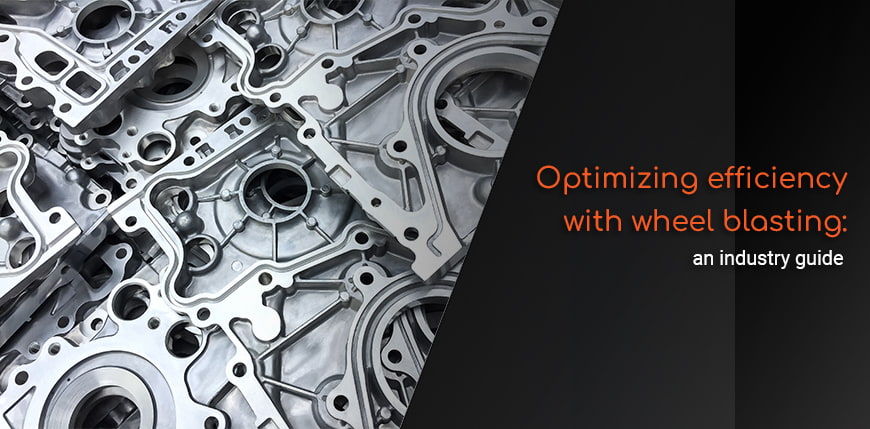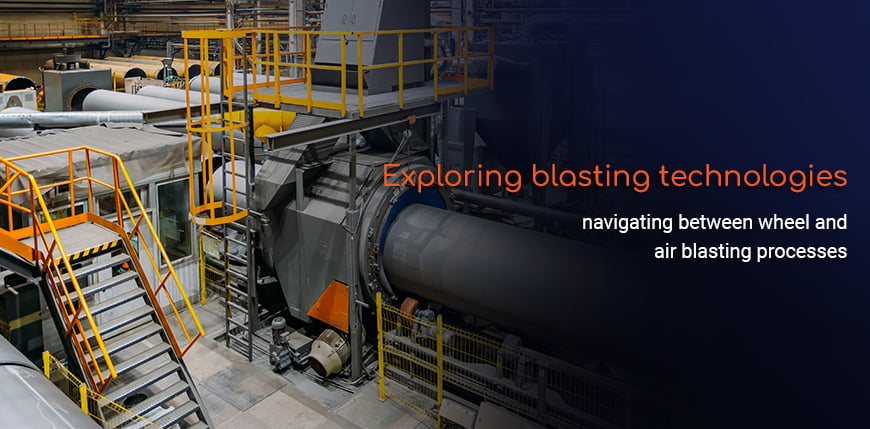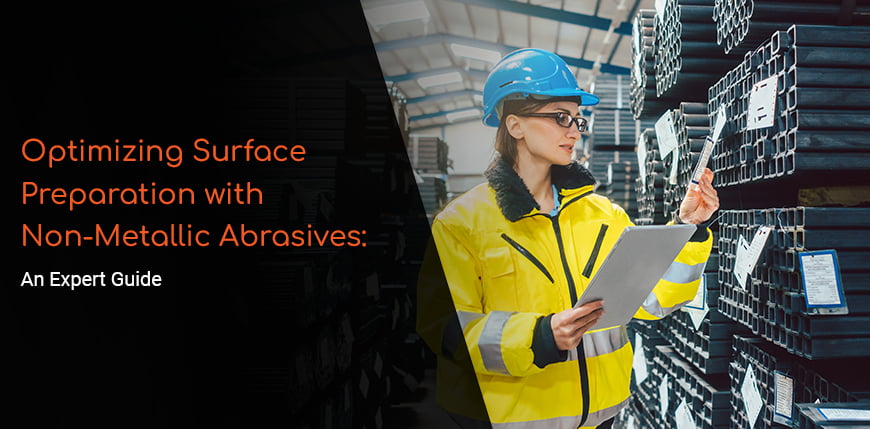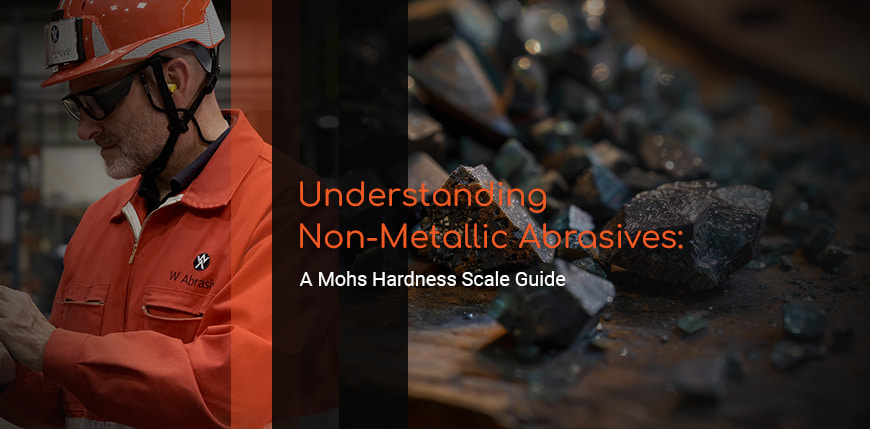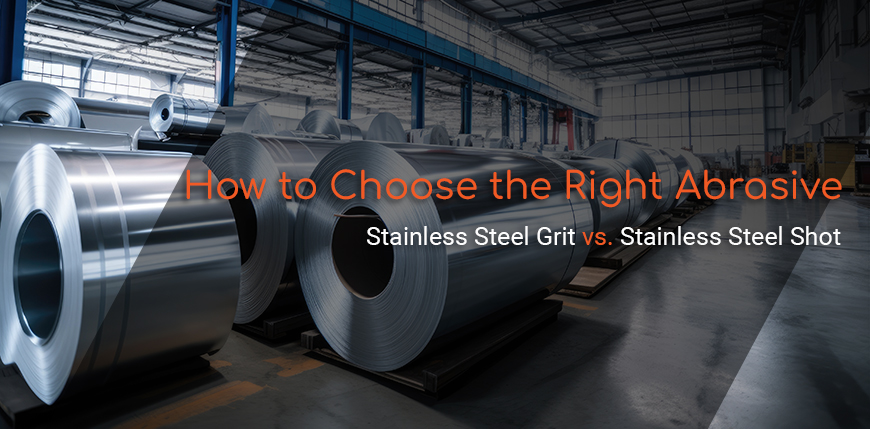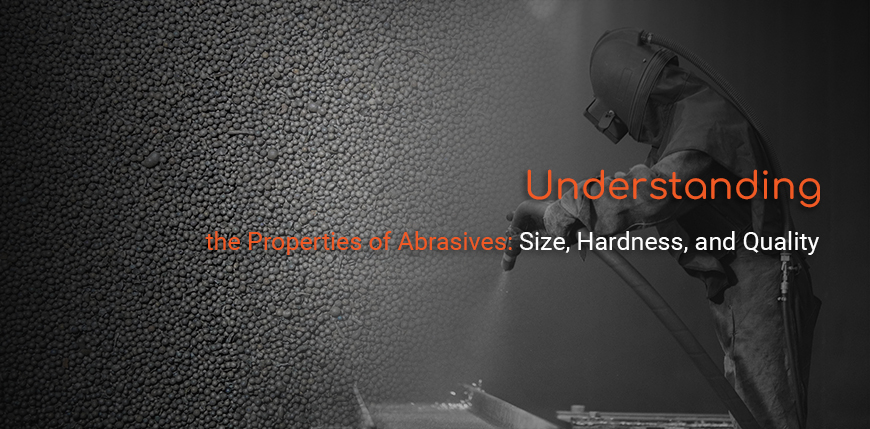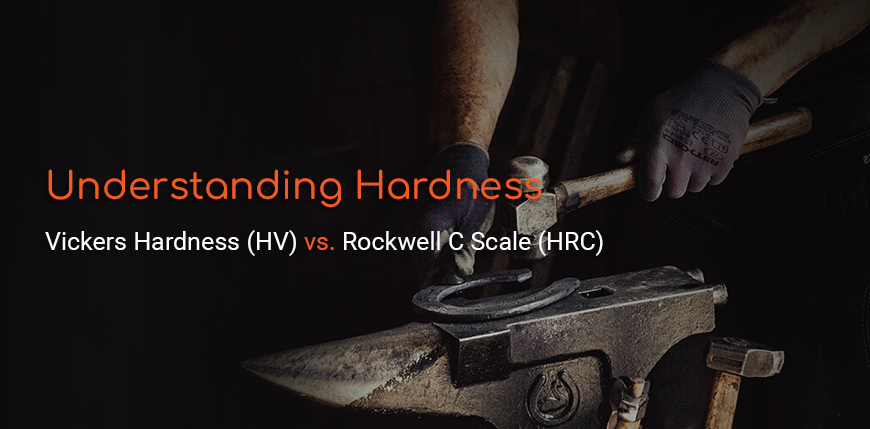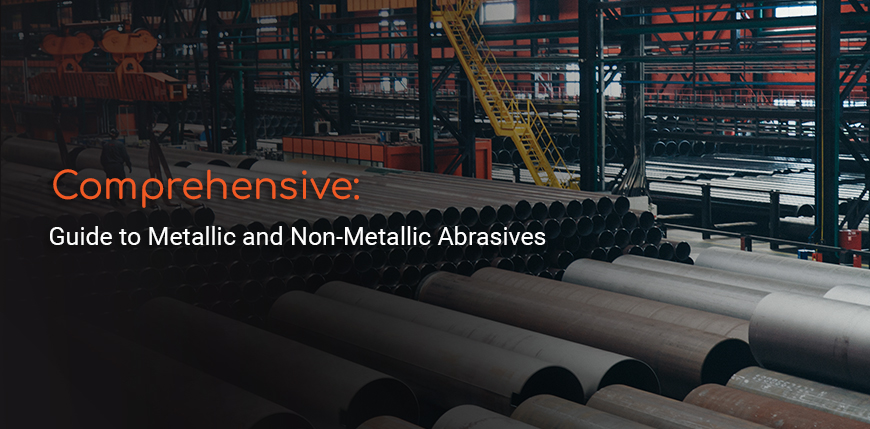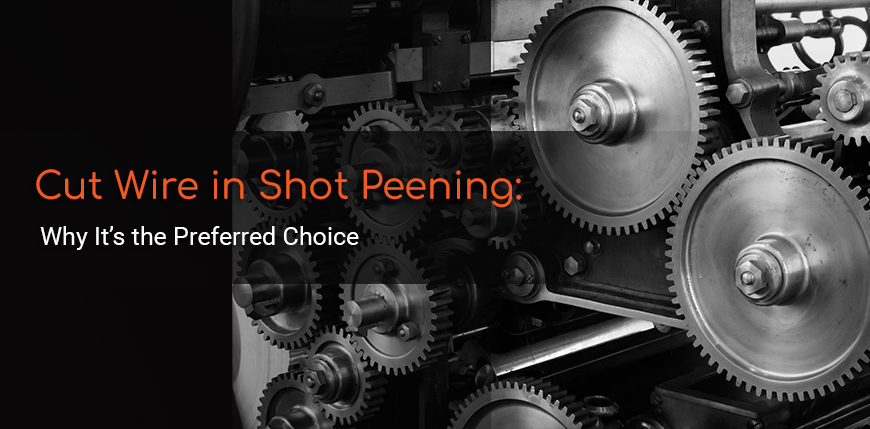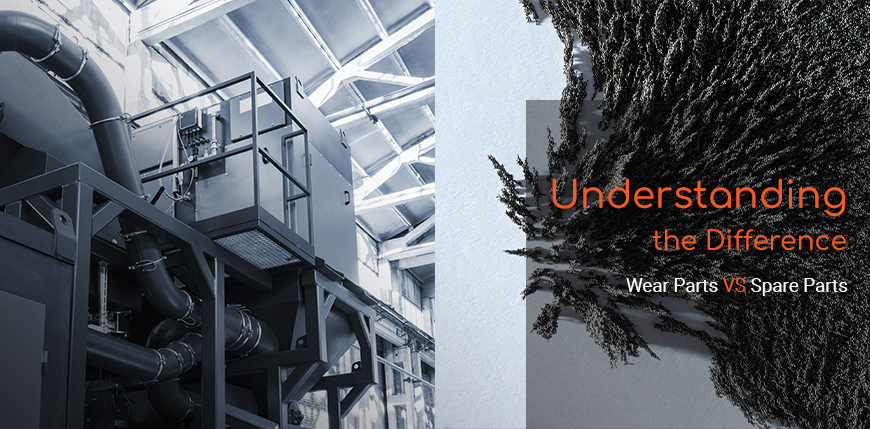
The efficiency and longevity of wheel blasting machines largely depend on the timely replacement and maintenance of their components. Among these components, it's crucial to distinguish between wear parts and spare parts—each serving distinct roles within the machine. This article delves into the differences between wear parts and spare parts, their importance, and how proper management can significantly impact your operational efficiency.
What Are Wear Parts?
Wear parts are the components in wheel blasting machines that are most susceptible to wear and tear due to their constant exposure to abrasive materials and high-speed operations. These parts are designed to have a limited lifespan and must be replaced regularly to maintain the machine's performance.
Blades:
Responsible for propelling the abrasive media at high speed, blades are among the most frequently replaced wear parts. If not replaced on time, worn blades can alter the direction of the abrasive stream, leading to suboptimal blasting, increased cycle times, and potential damage to other machine components if they break suddently.
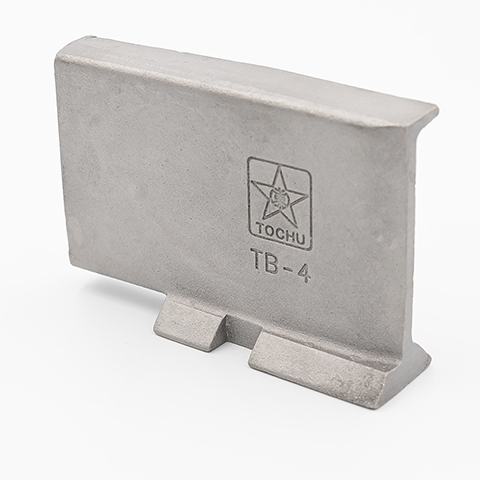

Control Cage:
The control cage determines the direction of the abrasive media onto the blades. As it wears out, the precision of the blasting process diminishes, causing uneven wear on the machine’s internal components and reducing the quality of the blasting.
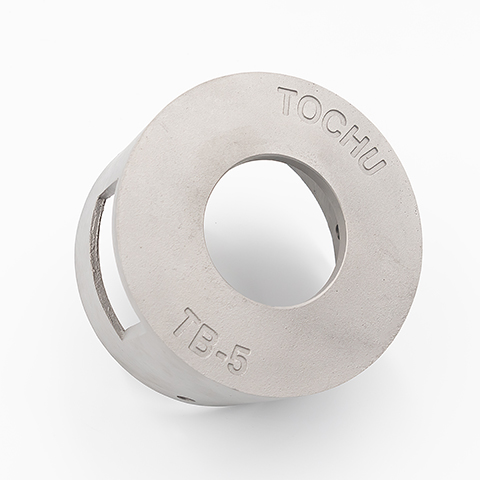

Impeller:
The impeller plays a critical role in distributing the abrasive media onto the blades. If the impeller is worn, it can cause premature wear of the blades, resulting in inefficient blasting and higher maintenance costs.
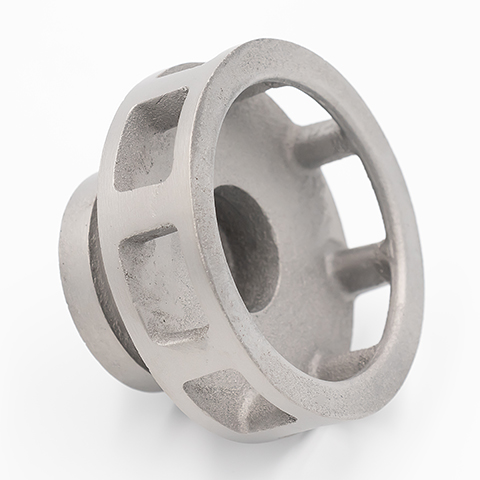

These wear parts are essential for the optimal performance of the machine, and neglecting their replacement can lead to a cascade of issues, including poor surface preparation, increased wear on other components, and ultimately, costly downtime.
What Are Spare Parts?
Spare parts, on the other hand, are components that do not experience the same level of wear and tear as wear parts. While they are still vital to the machine's operation, their replacement is less frequent and typically occurs as part of routine maintenance or in response to specific issues.
Conveying screws:
Conveyor screws are essential to move the abrasive from the floor to the foot of the elevator and from the top of the elevator to the air separator. A worn screw will convey less abrasive so the quantity of abrasive available in the system will be less.
Elevators and Conveyor Belts:
These components are responsible for moving the abrasive media through the machine. Although they experience wear, their lifespan is generally longer than that of wear parts.
Sliding Plates and Shielding Plate:
These plates protect the machine's structure from the abrasive action of the media. They are durable but will eventually need to be replaced when they become too worn.
The Impact of Neglecting Wear Parts
When wear parts are not replaced at the appropriate time, the consequences can be significant. Worn blades, for example, can misdirect the abrasive stream, leading to uneven wear on the machine’s interior and ineffective surface preparation. This not only results in lower-quality work but also increases the time required to achieve the desired results, thereby reducing overall productivity.
Similarly, a worn control cage can lead to the abrasive media being misapplied, causing additional strain on the blades and other components. If the impeller is allowed to degrade too far, it can cause the blades to wear out prematurely, necessitating even more frequent replacements and driving up maintenance costs.
Why Proper Management of Spare Parts Is Essential
While spare parts do not require as frequent replacement as wear parts, their importance should not be underestimated. A failure in any of these components can lead to machine downtime and potentially more extensive damage if not addressed promptly.
For example, if the conveyor belt in the abrasive media system fails, it could halt the entire operation until a replacement is installed. Similarly, if the sliding plates become too worn, they might allow abrasive media to escape from its intended path, leading to inefficiencies and potential hazards.
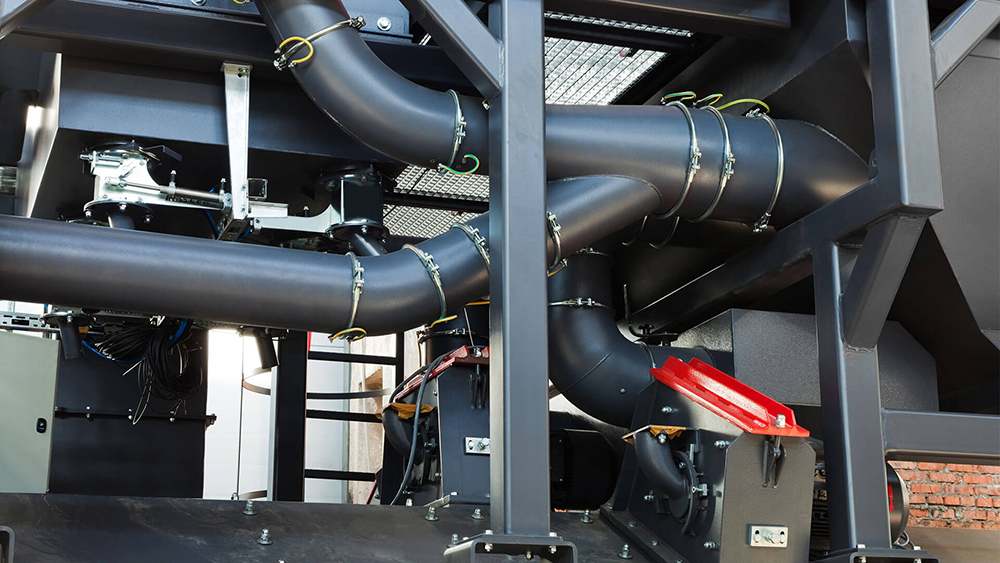

Best Practices for Managing Wear and Spare Parts
Proactive Maintenance:
The key to effective maintenance is proactive management. Regular inspections of wear parts should be scheduled weekly to catch any signs of excessive wear before they lead to more serious issues. For spare parts, having a maintenance schedule that includes periodic checks can help identify when components are nearing the end of their lifespan.
Quality Over Cost:
When it comes to replacement parts, opting for high-quality components over cheaper alternatives can save money in the long run. While lower-cost parts might seem like a bargain, they often wear out faster, leading to more frequent replacements and potential damage to the machine.
Expert Guidance:
Consulting with experts in the field can help you better understand the wear patterns of your machine and how to manage both wear and spare parts effectively. This can lead to more efficient operations, longer machine life, and reduced downtime.
Conclusion and Expert Guidance
While wear parts require frequent attention due to their role in the abrasive process, spare parts also play a critical role in keeping the machine functional over the long term. By investing in high-quality parts and following a proactive maintenance schedule, you can significantly reduce the risk of unexpected downtime and extend the life of your wheel blasting machines.
For tailored advice and support in managing your wheel blasting equipment, consulting with industry experts can provide valuable insights and help you implement best practices in your maintenance routines. This approach not only maximizes machine uptime but also ensures the highest quality results in your surface preparation processes.



